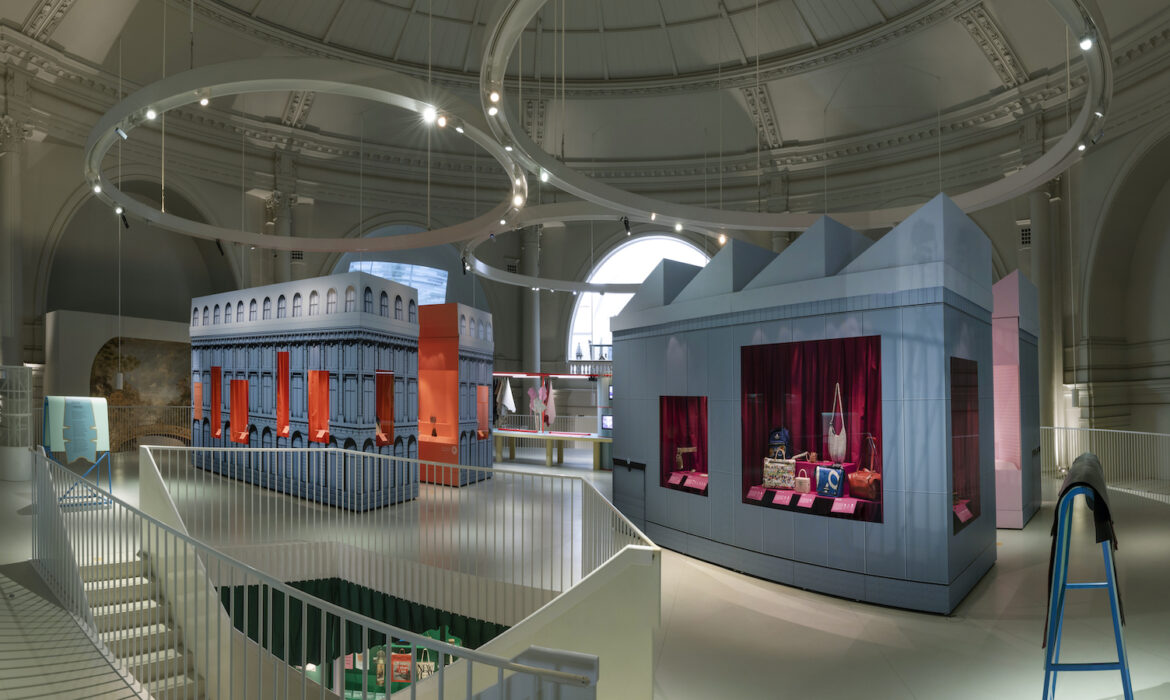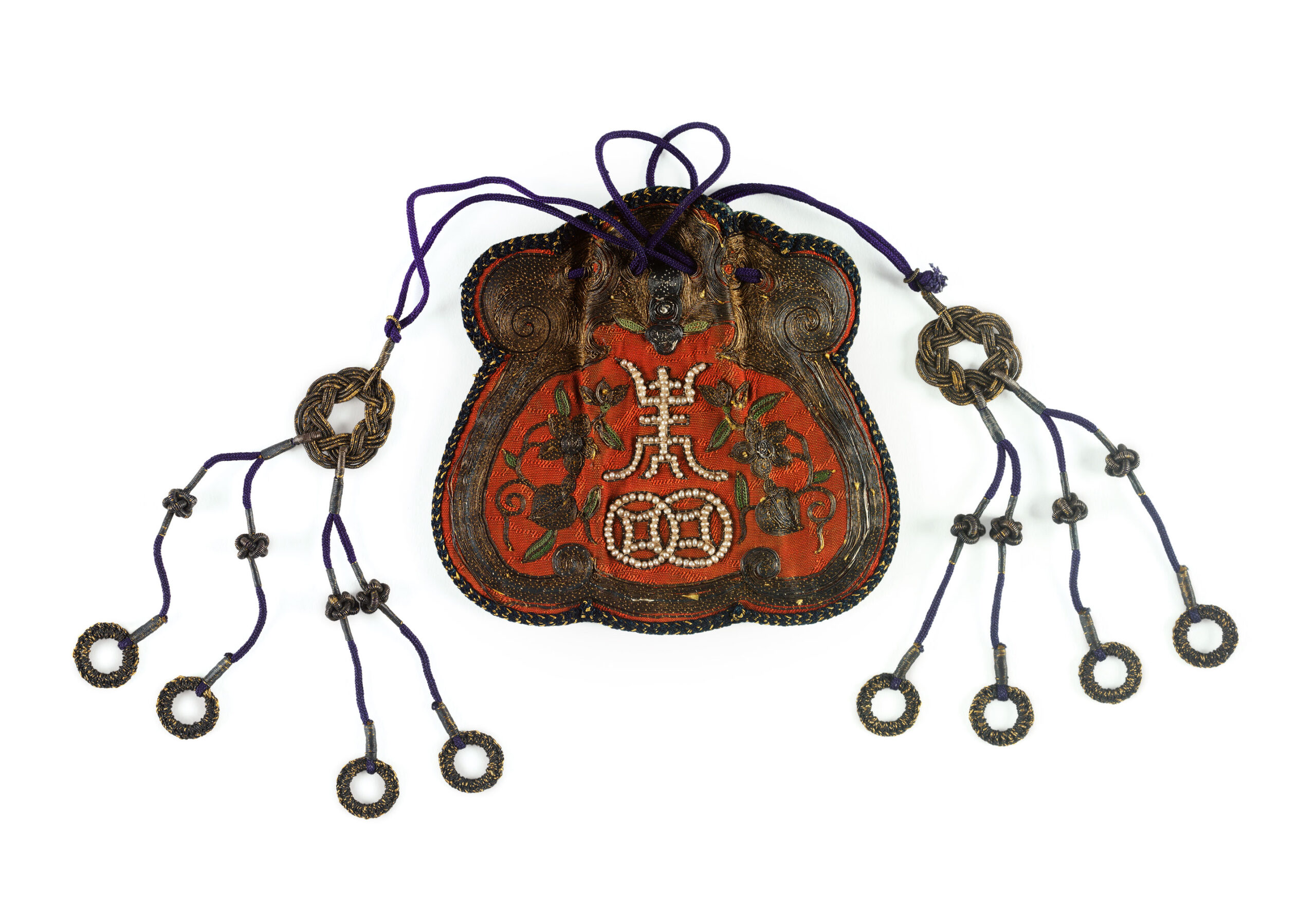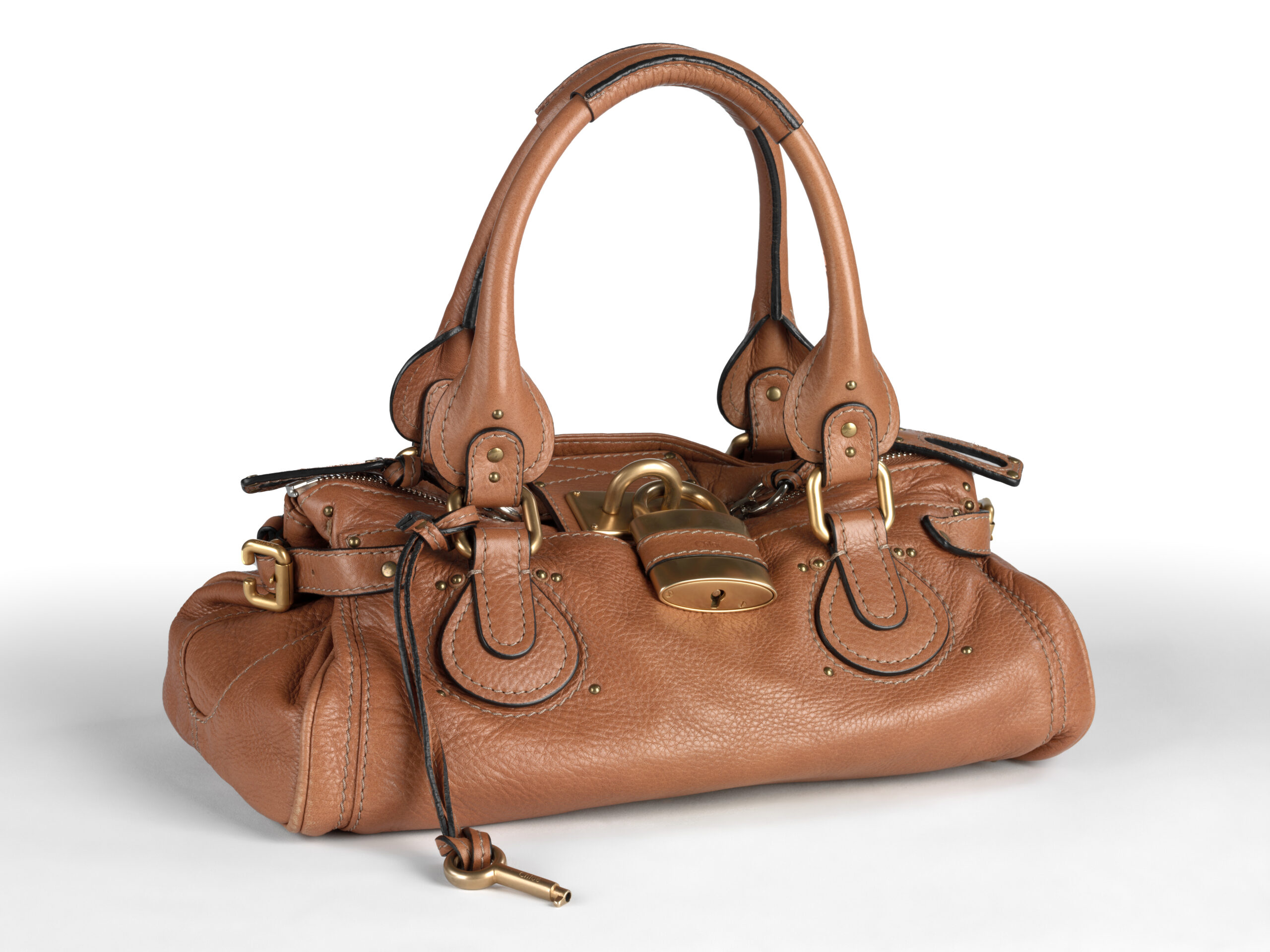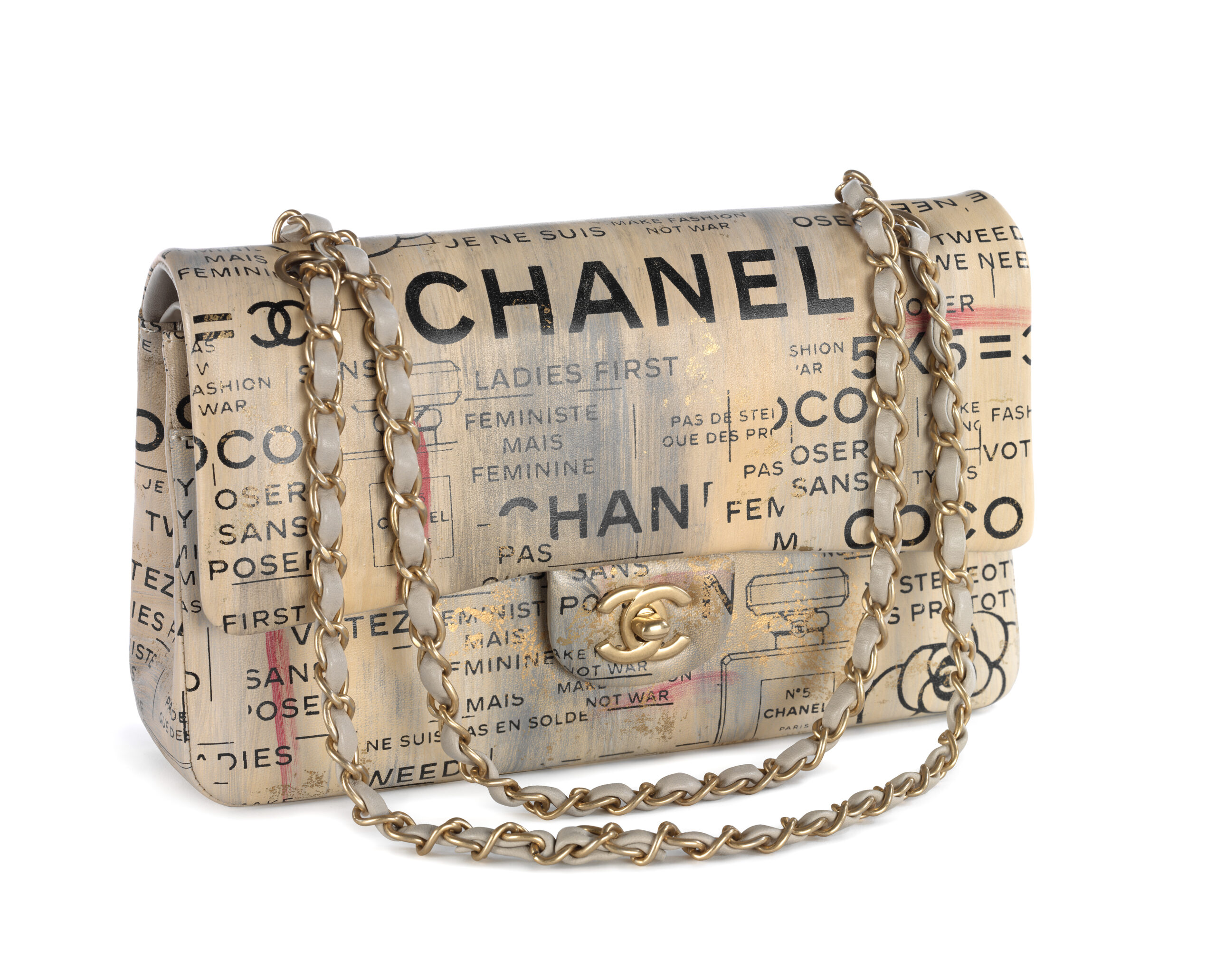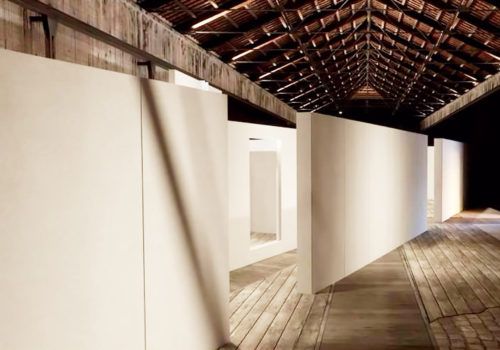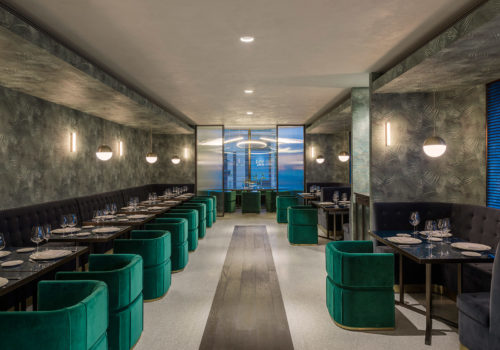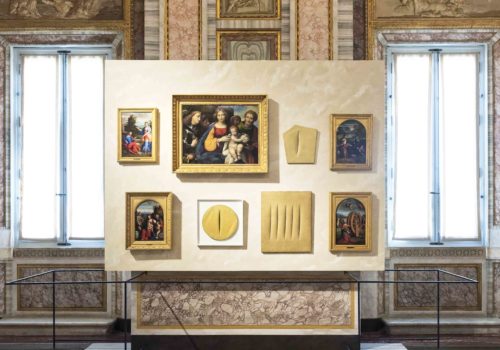In London, at the Victoria & Albert Museum, the exhibition “Bags: Inside Out”
Bags: Inside Out, the latest exhibition at the Victoria & Albert Museum in London dedicated to the accessory par excellence. A global look at the world of bags that ranges from the simplest artefacts to the most prestigious and iconic components, distinguished by an ample range of significant symbolic transformations. A dynamic explorative exhibition in which the word “bag” looks beyond the exclusive reference to an object for women and extends to its many variations historically and in terms of its use and its scale.
From the precious royal valises of centuries past, to the most contemporary briefcases, document holders and cosmetic cases, and on to military backpacks and luxurious designer trunks. On exhibit (inaugurated on December 12th 2020) almost 300 objects from the sixteenth century to the present, most of them part of the Museum’s global collection with over 2000 pieces, selected to explore the themes of function, status and identity, and set up along two superimposed exhibition levels, representing the public and private aspects of the objects on display.
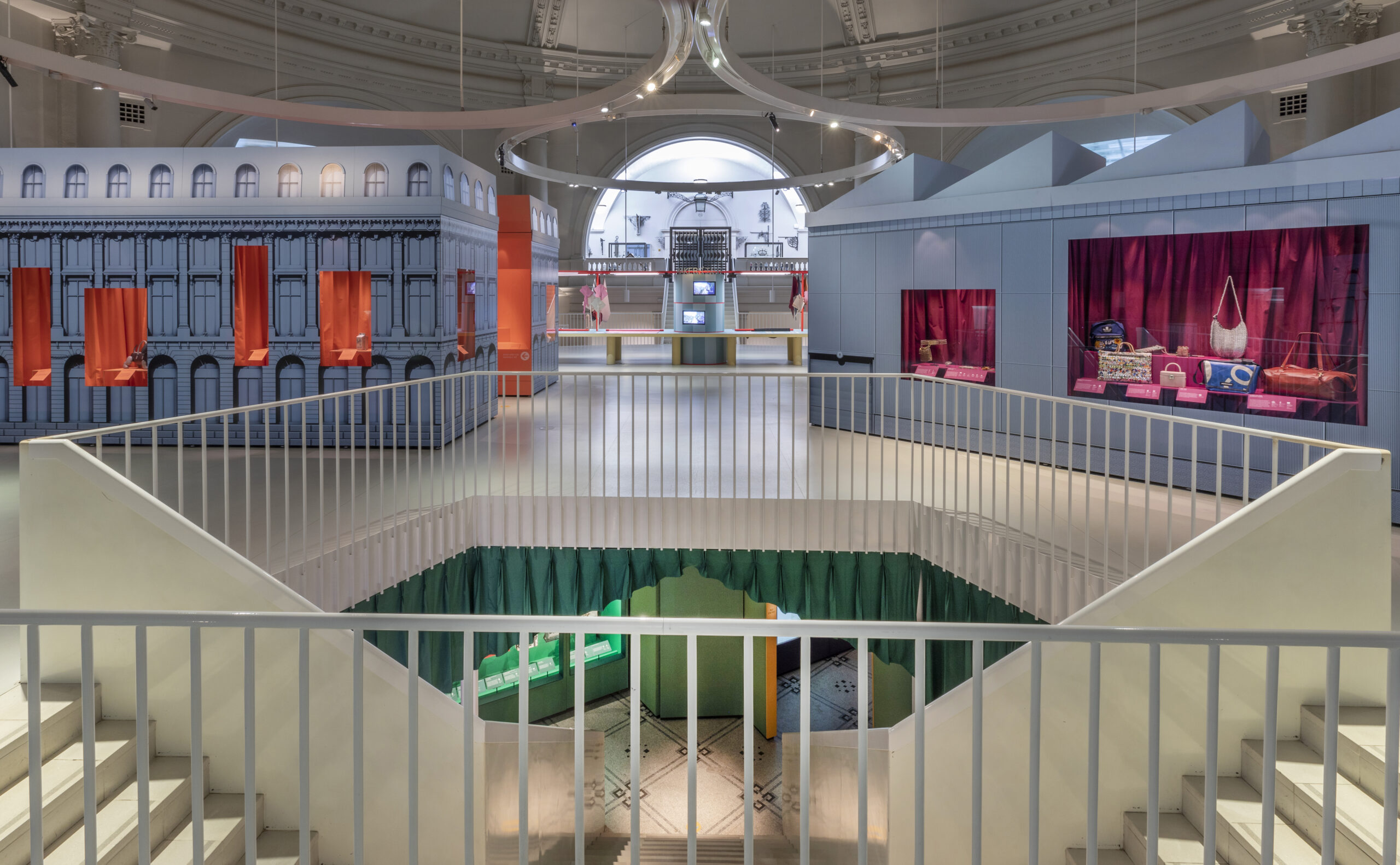
© V&A’s exhibition Bags Inside Out – sponsored by Mulberry
«These portable yet functional accessories, explains Lucia Savi, curator of Inside Out at the V&A, have long fascinated both men and women for their double nature that brings together public and private».
A combination capable of concealing personal treasures within the intimacy of the object and to project their reality, or often their aspirations in terms of image, in the greater visibility of the outside sphere.
Closed and private spaces for the concept design of the exhibition spaces on the lower floor, designed as a sequence of adjacent rooms that seem to refer to the inner compartments of a bag. Here, pieces grouped by function and utility, objects made to hold values and personal effects ranging from money to cosmetics, and extending to secret documents and unusual gas masks. Among the pieces on display is Winston Churchill’s famous “red dispatch box” made of leather, pine wood and metal, a gas mask owned by Queen Mary during World War II and also of royal provenance, a large embroidered bag used by Elizabeth I to hold the Great Seal of England.
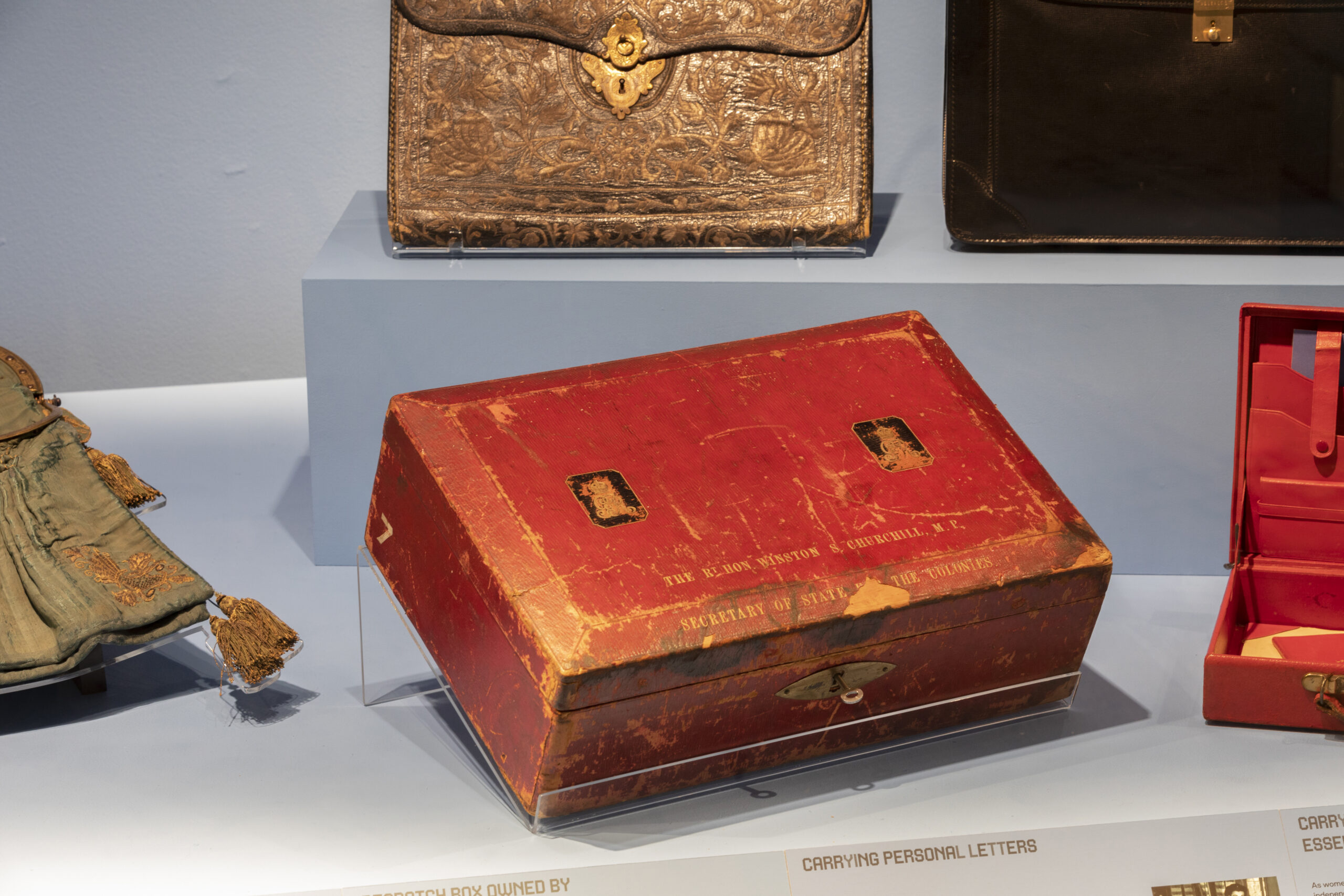
John Peck & Son, London, Winston Churchill as Secretary of State for the Colonies Despatch Box No.7. © Image Courtesy of Sotheby’s
| A major protagonist of the section dedicated to status and identity is the Hermès Birkin bag owned by the famous British singer and actress: on exhibit here is the original, with her initials and traces of the stickers she liked to decorate it with. A bag that was a product of the legendary encounter, in flight, between Jane Birkin and the chief executive of Hermès Jean-Louis Dumas, during which Birkin complained that it was impossible to find a large leather bag with pockets to her liking. This led to the birth of one of the most sought-after bags of the twentieth and twenty-first centuries.
Ph.: Jane Birkin’s Birkin, 1984 © Image courtesy of Les 3 marches de Catherine B |
 |
| There are references to famous names and celebrities from politics and entertainment in the section dedicated to status and identity. Accessories that became important because of the people that carried them and to which they continue to tie their name and their style. Kelly, the famous Hermès bag from the past century in memory of Grace Kelly, and the Lady Dior by Christian Dior, which took its name when Princess Diana began to carry it.
Ph.: Christian Dior ‘Lady Dior’ handbag, 2020 © Victoria and Albert Museum, London |
 |
 |
Dense and dynamic is the chapter dedicated to the phenomenon of the “it bag” from the end of the 1990s to the beginning of the next decade. These are less than humble components, worn by celebrities and protagonists from the world of entertainment which later achieved iconic status in popular culture as well. They include the Fendi “Baguette” used by Sarah Jessica Parker in Sex and the City, and explain the great popularity of the Alexa by Mulberry carried by Alexa Chung and the Bayswater for Kate Moss, also the work of Mulberry, sponsor of the exhibition.
Ph.: Fendi Baguette bag worn by Sarah Jessica Parker in Sex and the City, 2000, Italy © Image courtesy of Fendi |
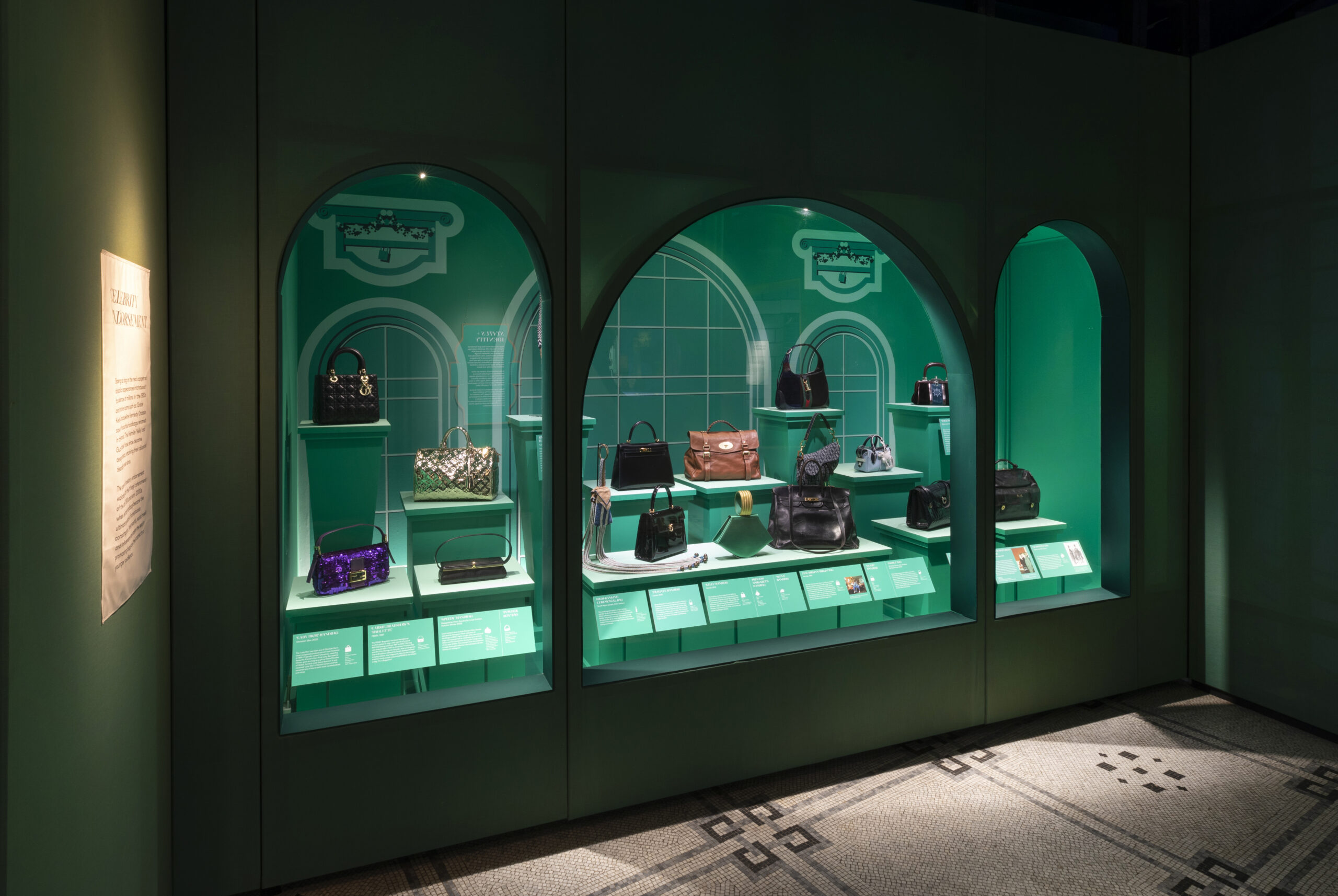
© V&A’s exhibition Bags Inside Out – sponsored by Mulberry
| Design and Making. The last chapter of the exhibition is dedicated to the phases that follow the design of the object, its feasibility, the creation of prototypes, the construction and sale. On exhibit are styles of bags born out of the collaboration between various professional figures, including fashion designers, architects and artists that offer opportunities for innovation and experimentation. The collaboration between Valextra and Bethan Laura Wood led to a bag distinguished by a sculptural handle, and the cooperation between Prada and Japanese architect Kazuyo Sejima led to a new bag reinvented out of nylon.
Ph.: Valextra and Bethan Laura Wood ‘Iside Toothpaste’ bag, Spring-Summer 2018. Italy © Victoria and Albert Museum, London |
 |
 |
Reuse and sustainability for the Elvis and Kresse weekend bag made by reusing the material from decommissioned fire hoses and Stella McCartney’s knapsack made out of recycled ocean plastic.
Ph.: Elvis and Kresse Weekend bag made from decommissioned fire hoses, 2019. UK © Victoria and Albert Museum, London |
On the cover: photo © V&A’s exhibition Bags Inside Out – sponsored by Mulberry
Translation by Olga Barmine
© ALL RIGHTS RESERVED


